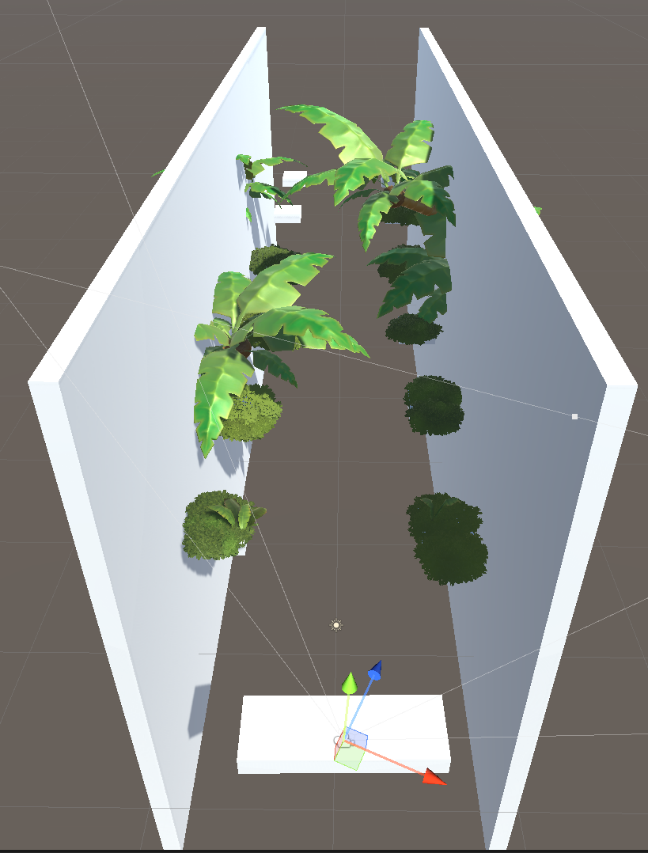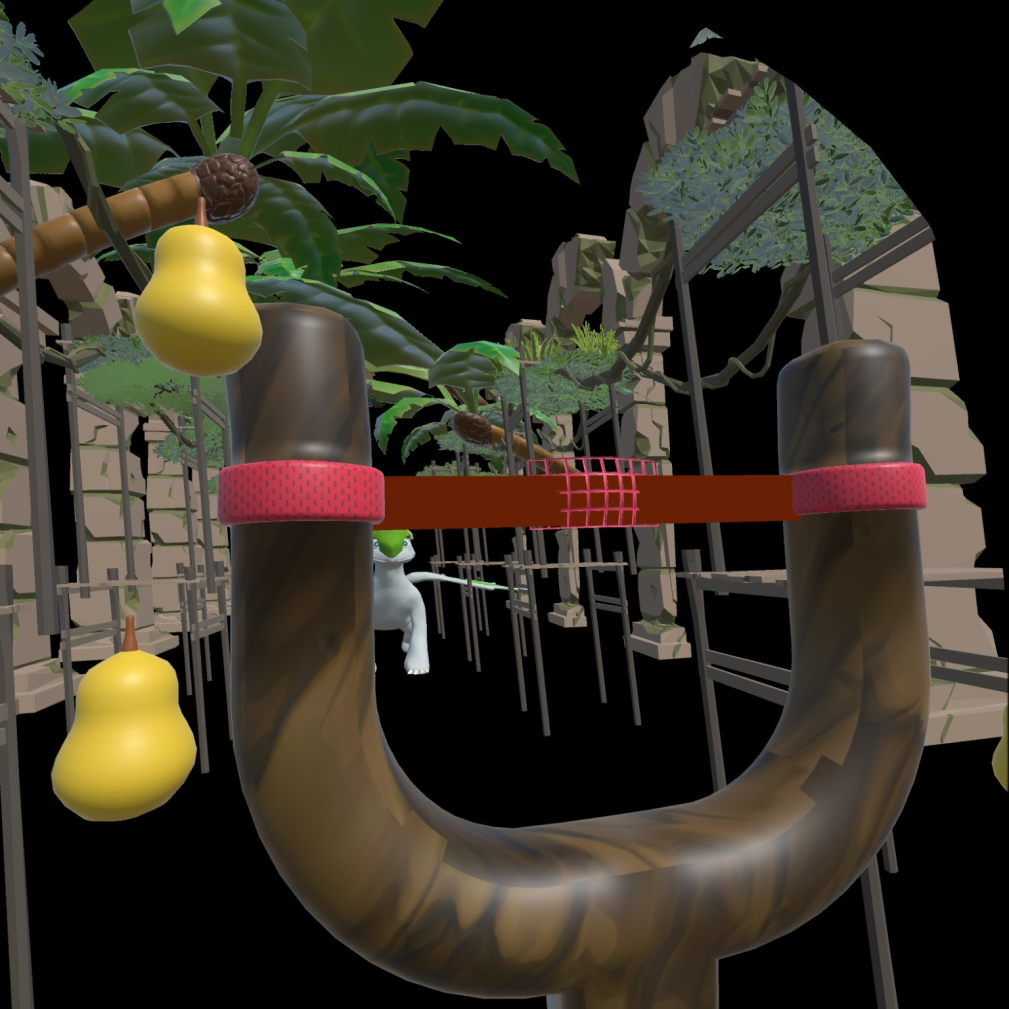While continuing developing the first prototype this week, we had a crucial meeting with our client that determines the hardware platform we will be working on.
We have done lots of research on AR products, which is safe to wear in physical activity and not restricted to a built-in boundary mode. They include Microsoft HoloLens 2, TCL Rayneo AR Glasses, Meta Ray-ban, Virture AR Glasses and Xreal AR glasses.
Meta Ray-ban and Virture AR glasses function as portal display and do not support Mixed reality and Spatial detection so they are off the table.
The latest model of TCL Rayneo AR glasses support spatial detection and carry a capable processor Snap Dragon Gen 2. However it’s not available on the market yet, but it a potential candidate for upgrade if the project lives on.
HoloLens 2 have outstanding performance in virtual scene anchoring and large, flexible moving range. (see in the demo). Also, it supports Open XR, which makes transporting our existing project from Meta Quest 3 to HoloLens 2 more convenient. Unfortunately, we had to abandon this track after meeting with our client because the cost of HoloLens is out of budget.

We tested AR function on the Xreal air glasses. It tracks the user’s head and create a spherical AR space. But it does not support spatial detection, which means no anchoring virtual object in a reality scene.
But we found developer guide online that shows a higher end model Xreal Light does support crucial mixed reality input such as spatial detection and hand tracking. It has to work with a compatible mobile device driven by processor higher than Qualcomm Snapdragon 855. We are planning to request one for further testing.
Development Updates
Color design

Character Model Iterations
Environmental art iterations


Sketch




Gameplay



Core interaction – Slingshot
Core interaction – Windows